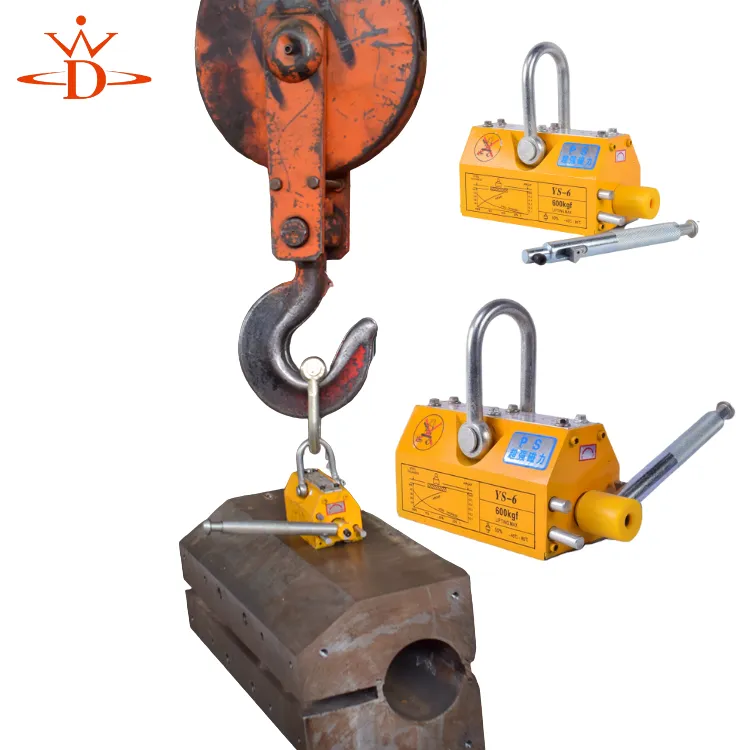roller for machine shifting
Roller for Machine Shifting Essential Tools for Efficient Operations
In the world of industrial operations, the movement of heavy machinery is a common yet critical task. Whether it is for relocating manufacturing equipment, shifting assembly lines, or setting up new machinery, the ability to move such large objects efficiently is paramount. This is where the concept of using rollers for machine shifting comes into play. Rollers are not merely tools; they are essential components that facilitate the process of relocating heavy machinery in factories, warehouses, and construction sites.
Understanding Machine Rollers
Machine rollers are designed to bear the weight of heavy equipment while providing a means of mobility. Typically made from robust materials like steel or reinforced plastics, these rollers are engineered to support various types of machinery, from small industrial machines to massive construction equipment. The advantages of using rollers instead of traditional lifting methods are numerous.
Benefits of Using Rollers
1. Reduced Labor Costs Utilizing rollers for machine shifting can significantly reduce the labor required to move equipment. Instead of needing a large team to physically lift and carry machines, a smaller crew can maneuver them with ease using rollers. This not only cuts down on manpower but also mitigates the risk of injury from heavy lifting.
2. Increased Efficiency Time is money in the industrial sector. Rollers allow for quick repositioning of machines, minimizing downtime during relocations. This increased efficiency translates into higher productivity, as operations can continue with minimal interruption.
3. Versatility Rollers come in various designs to suit different machinery types and weight capacities. This versatility means that they can be adapted for a wide range of industrial applications, making them a smart investment for any business that frequently moves heavy equipment.
4. Stability and Control When moving heavy machinery, stability is crucial to prevent accidents and damage. Rollers allow for more controlled movements, reducing the likelihood of machines tipping over or sustaining damage during transport.
Types of Rollers
roller for machine shifting

There are several types of rollers available to suit different needs
1. Swivel Rollers These allow for multidirectional movement, making it easier to navigate tight spaces.
2. Fixed Rollers These are designed for linear movement in a single direction and are often used in situations where precise alignment is required.
3. Pneumatic Rollers Equipped with inflatable tires, these rollers can move over rough terrain, making them suitable for outdoor use and construction sites.
4. Heavy-Duty Rollers Specifically designed for extremely heavy equipment, these rollers can support significant weights, ensuring safe and efficient movement.
Safety Considerations
While rollers provide numerous benefits, safety should always be a priority when using them. Proper training is essential for workers who will be operating machinery on rollers. Additionally, it is crucial to regularly inspect rollers for wear and tear to prevent accidents. Ensuring that the ground surface is even and clear of obstacles will also contribute to safe operations.
Conclusion
In summary, rollers for machine shifting are integral tools in modern industrial operations. They enhance efficiency, reduce labor costs, and ensure safer movement of heavy machinery. With a variety of roller types available, businesses can invest in the right solutions that meet their specific needs, ultimately leading to smoother operations and improved productivity. As industries continue to evolve, embracing technology and efficient practices like machine rollers will be crucial for staying competitive.
-
Unlock Seamless Relocation with Our Heavy Equipment Moving ExpertiseNewsJun.06,2025
-
Unleash Unrivaled Flexibility with Our Adjustable Gantry CraneNewsJun.06,2025
-
Unleash Heavy-Duty Efficiency with Our Industrial Gantry Crane SolutionsNewsJun.06,2025
-
Revolutionize Steel Handling with Our Magnetic Lifter RangeNewsJun.06,2025
-
Master Equipment Mobility with Premium Machinery Mover SolutionsNewsJun.06,2025
-
Elevate Your Material Handling with Magnetic Lifter TechnologyNewsJun.06,2025
-
YS Permanent Lifting Magnets: The Smarter Way to Handle SteelNewsMay.22,2025
